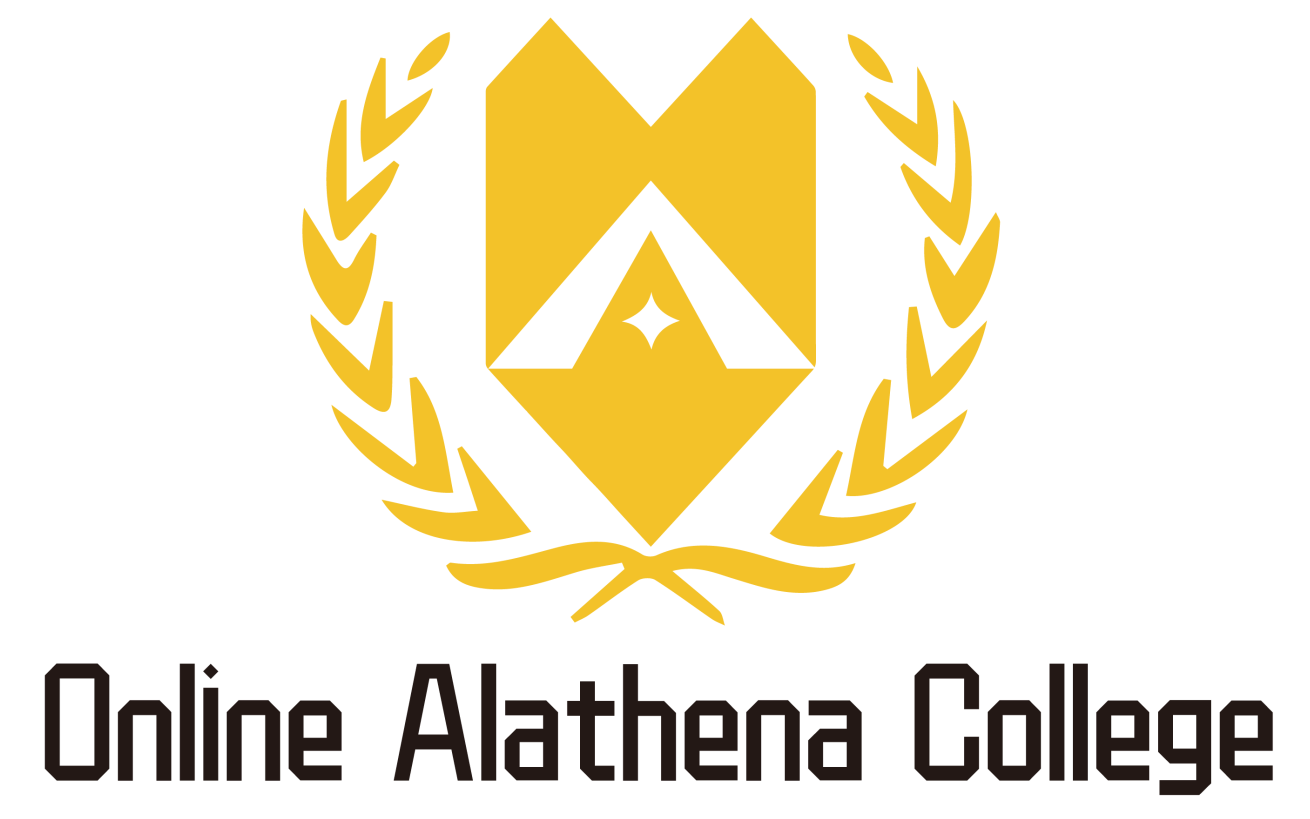MCV4U
-
Course code: MCV4U
-
Level: Grade 12
-
Study time: 110 hours
-
Credit Value: 1.0
-
Prerequisite: Advanced Functions MHF4U (may be taken concurrently)
-
Curriculum Policy: Mathematics, The Ontario Curriculum, Grades 11 and 12, 2007 (Revised)
Course Description
Unit 1:
Introduction to Calculus
Unit 2:
Derivatives
Unit 3: Derivatives of Exponential, Logarithmic&Trigonometric Functions
Unit 4:
Curve Sketching
Unit 5: Derivative Applications and Related Rates
In this unit, will explore about how to calculate Implicit and Logarithmic differentiation, sketch the velocity-time and acceleration-time graph, and solve related real world problems.
Unit 6:
Introduction to Vectors
In this unit, students will learn to define a vector as a quantity with both magnitude and direction; distinguish between a scalar quantity and vector quantity;
Unit 7:
Vector Applications
Applications involving work and torque are used to introduce and lend context to the dot and cross products of Cartesian vectors. The vector and scalar projections of Cartesian vectors are written in terms of the dot product.
Unit 8: Lines in Three-Space
A variety of types of problems exist in this unit and are generally grouped into the following categories: Pythagorean Theorem Problems, Volume Problems, Trough Problems, Shadow problems and General Rate Problems.

